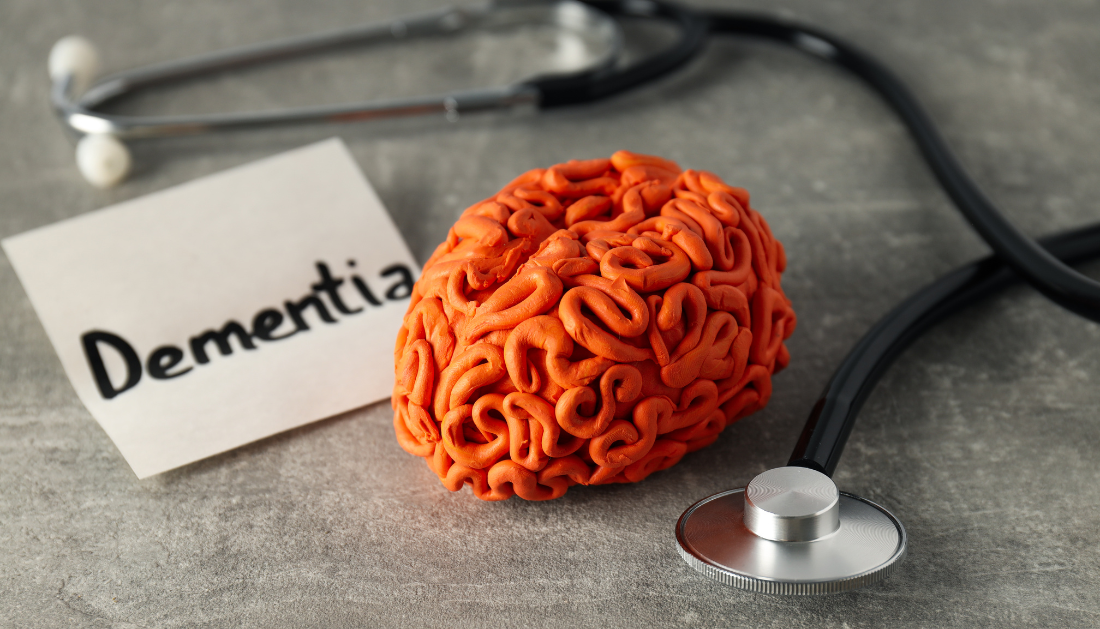

Researchers at Queen Mary University of London have created a new method for detecting dementia with more than 80% accuracy and up to nine years before a diagnosis. The new method predicts dementia more accurately than memory tests or brain shrinkage measurements, which are two of the most regularly used procedures for diagnosis.
Explore the latest advancements in Dementia diagnosis and treatment by attending the Global Neurology Summit 2024.
The researchers, led by Professor Charles Marshall, created the predictive test by analyzing functional MRI (fMRI) scans to detect alterations in the brain’s ‘default mode network’. The DMN, which connects brain regions to accomplish specialized cognitive activities, was the first neural network impacted by Alzheimer’s disease.
The researchers used fMRI scans from over 1,100 volunteers from UK Biobank, a large-scale biomedical database and research resource containing genetic and health information from half a million UK participants, to estimate the effective connectivity between ten brain regions that make up the default mode network.
The researchers gave a probability of dementia value to each patient depending on how much of their effective connectivity pattern resembled a dementia or control-like pattern.
They matched these predictions to each patient’s medical data stored at the UK Biobank. The findings revealed that the model correctly predicted the development of dementia up to nine years before an official diagnosis was made, with an accuracy of more than 80%. In cases where the volunteers went on to develop dementia, it was discovered that the model could accurately estimate how long it would take to make that diagnosis with a two-year margin of error.
The researchers also investigated whether DMN changes might be attributed to established dementia risk factors. Their findings indicated that hereditary risk for Alzheimer’s disease was highly related with connectivity abnormalities in the DMN, confirming the notion that these changes are unique to Alzheimer’s disease. They also discovered that social isolation increased the risk of dementia via reducing connection in the DMN.
Charles Marshall, Professor and Honorary Consultant Neurologist, led the research team within the Centre for Preventive Neurology at Queen Mary’s Wolfson Institute of Population Health. He said: “Predicting who is going to get dementia in the future will be vital for developing treatments that can prevent the irreversible loss of brain cells that causes the symptoms of dementia. Although we are getting better at detecting the proteins in the brain that can cause Alzheimer’s disease, many people live for decades with these proteins in their brain without developing symptoms of dementia. We hope that the measure of brain function that we have developed will allow us to be much more precise about whether someone is actually going to develop dementia, and how soon, so that we can identify whether they might benefit from future treatments.”
Using these analysis techniques with large datasets we can identify those at high dementia risk, and also learn which environmental risk factors pushed these people into a high-risk zone. Enormous potential exists to apply these methods to different brain networks and populations, to help us better understand the interplays between environment, neurobiology and illness, both in dementia and possibly other neurodegenerative diseases. fMRI is a non-invasive medical imaging tool, and it takes about 6 minutes to collect the necessary data on an MRI scanner, so it could be integrated into existing diagnostic pathways, particularly where MRI is already used.”
Samuel Ereira, lead author and Academic Foundation Programme Doctor at the Centre for Preventive Neurology, Wolfson Institute of Population Health
Hojjat Azadbakht, CEO of AINOSTICS (an AI company collaborating with world-leading research teams to develop brain imaging approaches for the early diagnosis of neurological disorders) said: “The approach developed has the potential to fill an enormous clinical gap by providing a non-invasive biomarker for dementia. In the study published by the team at QMUL, they were able to identify individuals who would later develop Alzheimer’s disease up to 9 years before they received a clinical diagnosis. It is during this pre-symptomatic stage that emerging disease-modifying treatments are likely to offer the most benefit for patients.”
more recommended stories
 Healthy Habits Slash Diverticulitis Risk in Half: Clinical Insights
Healthy Habits Slash Diverticulitis Risk in Half: Clinical InsightsHealthy Habits Slash Diverticulitis Risk in.
 Caffeine and SIDS: A New Prevention Theory
Caffeine and SIDS: A New Prevention TheoryFor the first time in decades,.
 Microbial Metabolites Reveal Health Insights
Microbial Metabolites Reveal Health InsightsThe human body is not just.
 Reelin and Cocaine Addiction: A Breakthrough Study
Reelin and Cocaine Addiction: A Breakthrough StudyA groundbreaking study from the University.
 Preeclampsia and Stroke Risk: Long-Term Effects
Preeclampsia and Stroke Risk: Long-Term EffectsPreeclampsia (PE) – a hypertensive disorder.
 Statins and Depression: No Added Benefit
Statins and Depression: No Added BenefitWhat Are Statins Used For? Statins.
 Azithromycin Resistance Rises After Mass Treatment
Azithromycin Resistance Rises After Mass TreatmentMass drug administration (MDA) of azithromycin.
 Generative AI in Health Campaigns: A Game-Changer
Generative AI in Health Campaigns: A Game-ChangerMass media campaigns have long been.
 Molecular Stress in Aging Neurons Explained
Molecular Stress in Aging Neurons ExplainedAs the population ages, scientists are.
 Higher BMI and Hypothyroidism Risk Study
Higher BMI and Hypothyroidism Risk StudyA major longitudinal study from Canada.

Leave a Comment